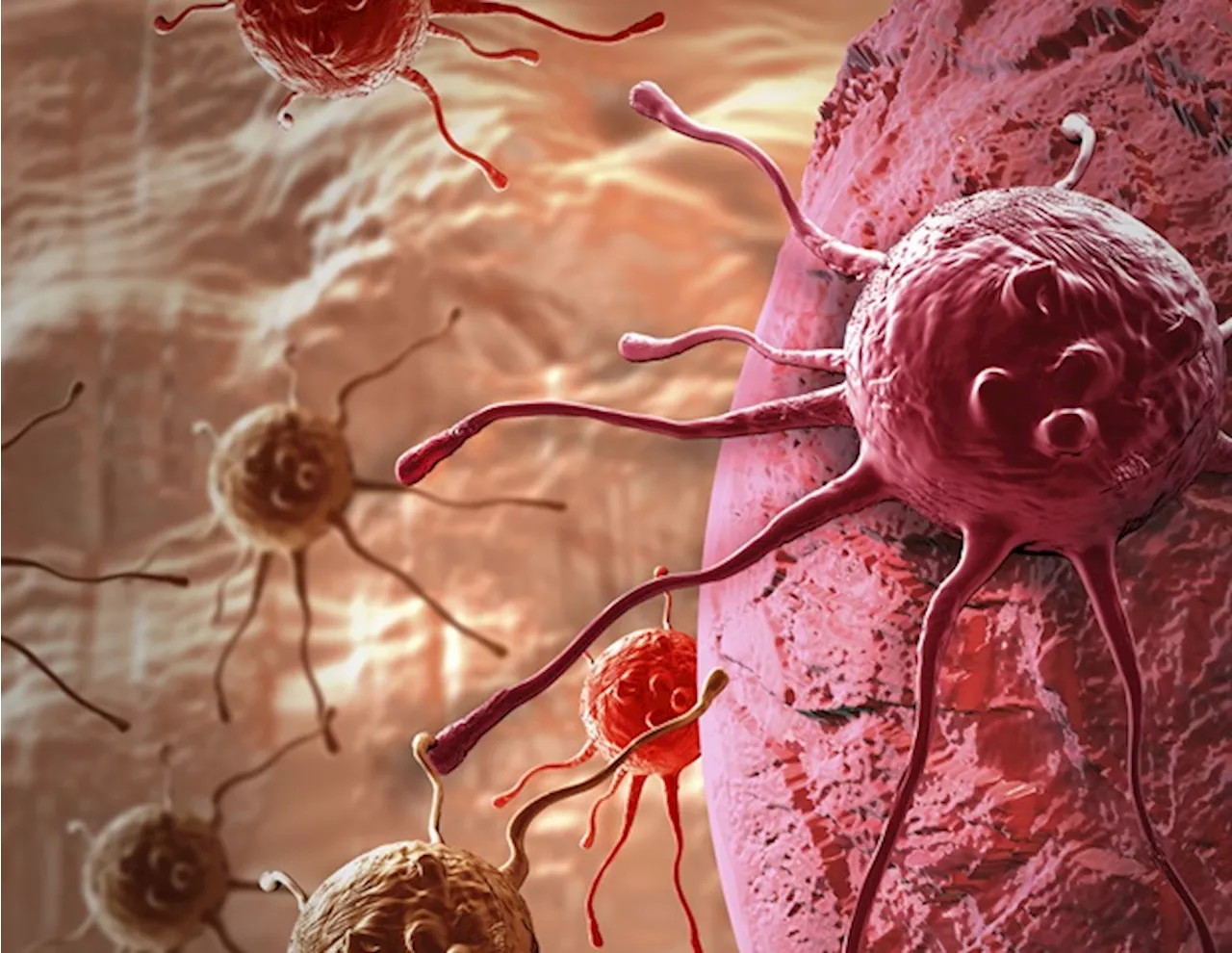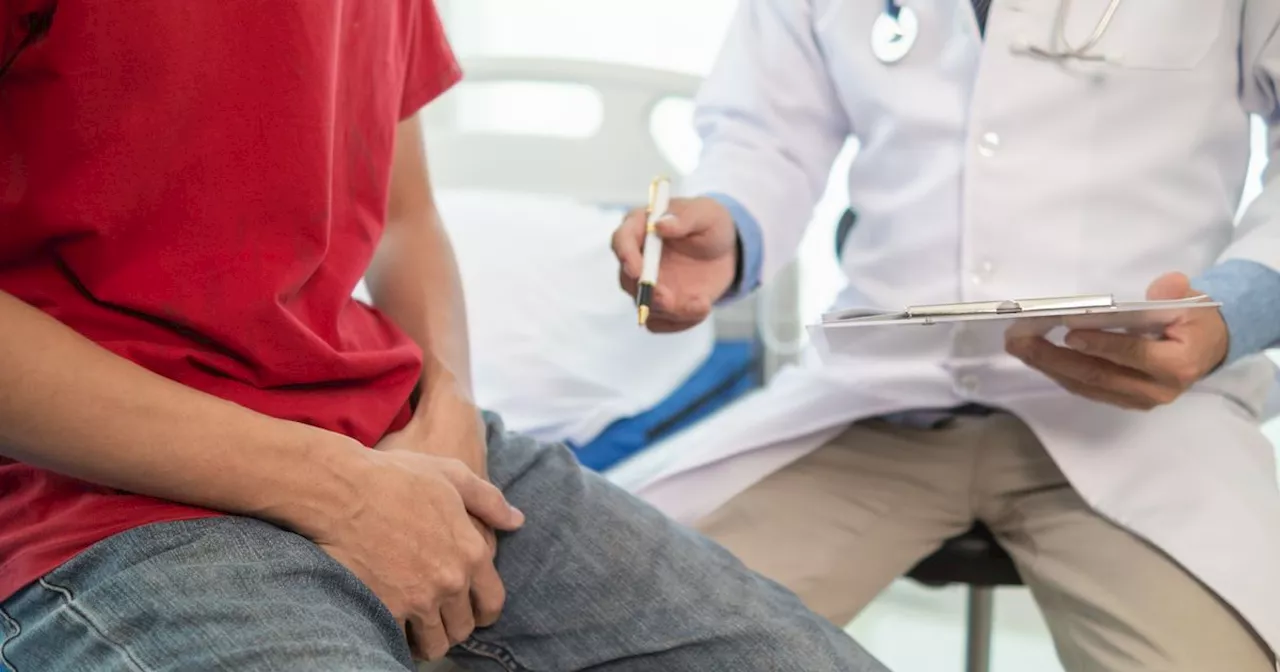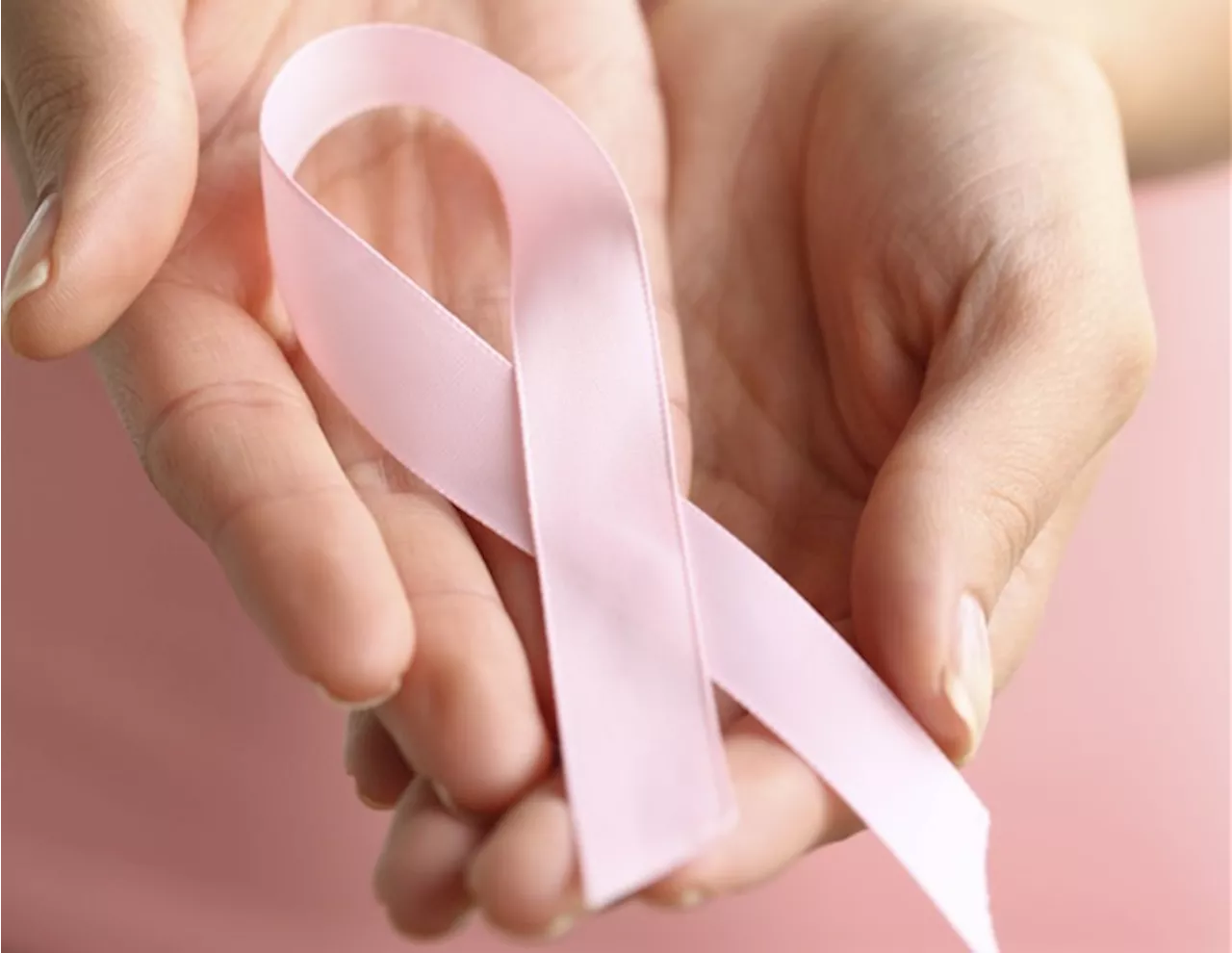The incidence of cancer in younger adults is on the rise globally, prompting urgent research to understand the underlying causes. While cancer is traditionally associated with older age, recent studies reveal alarming increases in various cancers among individuals under 50. Experts are investigating potential factors, including environmental exposures, lifestyle changes, and genetic predispositions, to shed light on this concerning trend.
Imtiaz Hussain, 31, was diagnosed with colon cancer at 26. Carrie Regan, 41, was diagnosed with ovarian cancer at 40. Kelly Spill, 33, was diagnosed with colorectal cancer at 28. Giancarlo Oviedo-Mori, 32, was diagnosed with lung cancer at 18. Frank Frizelle has operated on countless patients in his career as a colorectal surgeon. But there’s one case that stayed with him. In 2014, he was treating a woman in her late 20s suffering from bowel cancer—already a rare situation, given her age.
But it became even more unusual when her best friend visited her in the hospital and told Frizelle that she had many of the same symptoms as his patient. Subsequent testing revealed that his patient’s friend had a lesion that, had it not been caught early, likely would have become cancerous. “That really brought it home to me—how it’s much more common than you think,” says Frizelle, a professor of surgery at the University of Otago in New Zealand. Frizelle’s analysis of populations in Sweden and Scotland showed the same thing. A bigger picture was emerging. Here were three different countries, with different populations and health challenges—but united by a spike in colorectal cancers among young adults. In the years since, it’s become clear that the problem isn’t limited to those three countries, nor to colorectal cancer. Researchers have found that young people around the world are getting many different kinds of cancer at alarmingly high rates. And as the diagnoses of celebrities and public figures like bring mass attention to the issue, scientists are racing to answer a question on the minds of many outside the medical profession: Why is cancer, historically a disease of old age, increasingly striking people in the primes of their lives? Globally, diagnoses and deaths related to early-onset cancers—those affecting patients younger than 50—rose by 79% and 28%, respectively, from 1990 to 2019, according to a recent study. Breast cancer is the most common type of early-onset disease, but recent surges in cancers affecting digestive organs—including the colon, rectum, pancreas, and stomach—are particularly dramatic within this age group. In fact, today’s young adults are about twice as likely to be diagnosed with colon cancer—and four times as likely to be diagnosed with rectal cancer—as those born around 1950. Overall, cancer is still overwhelmingly an older person’s disease. As of 2025, 88% of people in the U.S. diagnosed with cancer were 50 or older, and 59% were 65 or older, according to data from the American Cancer Society. But there is no question that the demographics are shifting. Under 50s are not only at increasing risk of suffering from cancer; theirs is the only age group for which the risk is rising. All told, cancer remains a serious concern, but advances in disease detection and treatment, as well as dramatic declines in smoking, mean that far fewer people die from cancer now than once did. Although the disease still ranks as the second most common cause of death in the U.S., killing more than half a million people each year, death rates have declined only modestly from 1999 to 2021. Across the U.S., roughly 2 million new cancer cases are detected each year, diagnoses that, on top of the emotional toll, force patients to cumulatively fork out billions of dollars in out-of-pocket costs—more than $16 billion in 2019 alone, according to a recent study. Today, about 40 out of every 100 U.S. adults can expect to be diagnosed with cancer at some point in their lifetimes. For an estimated 1 in 17 U.S. women and 1 in 29 U.S. men, that news will come before their 50th birthdays. The rise in early-onset diagnoses partly comes down to advances in our ability to detect and diagnose different kinds of cancers. “With much more sophisticated tools now, inevitably we’re doing more tests on younger people we’re using more accurate imaging,” which leads to more cancers detected, Powles says. Some screening protocols have also been modified in recent years to include younger adults; since 2018, for example, the American Cancer Society has recommended for people at average risk to get screened for colorectal cancer starting at age 45. But this is only one part of what scientists say is a more complex web of factors they are still attempting to understand. The data suggest that some element—or perhaps combination of elements—of modern life is sickening progressively younger adults. And right now, no one knows for sure what that is. There are plenty of known risk factors for cancer, from the genes someone is born with to the unhealthy lifestyle habits they pick up, such as smoking, heavy alcohol consumption, or spending time in the sun. Such habits can speed up the natural degradation of cells, which over time acquire genetic mutations as they lose their ability to repair damage. As that damage accumulates with age, cells may become cancerous, growing and -multiplying too fast for the body’s immune system to keep them in check and potentially choking out vital organs. The immune system also loses some of its strength with age, making it easier for cancer cells to colonize the body
CANCER EARLY-ONSET CANCER HEALTH RISK FACTORS RESEARCH DIAGNOSIS TREATMENT
United Kingdom Latest News, United Kingdom Headlines
Similar News:You can also read news stories similar to this one that we have collected from other news sources.
 Prostate Cancer Overtakes Breast Cancer as England's Most Common CancerRecent research highlights the alarming rise of prostate cancer in England, surpassing breast cancer as the most prevalent cancer. This shift is attributed to increased awareness and earlier detection efforts.
Prostate Cancer Overtakes Breast Cancer as England's Most Common CancerRecent research highlights the alarming rise of prostate cancer in England, surpassing breast cancer as the most prevalent cancer. This shift is attributed to increased awareness and earlier detection efforts.
Read more »
 Liver Cancer Rises as UK's Fastest Growing Cancer DeathResearch reveals liver cancer is increasing at an alarming rate in the UK, driven by obesity, smoking, and alcohol consumption. The death rate has surged from 4.7 to 9.3 per 100,000 people between 1999 and 2019, making it the eighth leading cause of cancer death despite being only the 17th most common in terms of cases. Projections suggest a further 10% increase in the death rate by 2040, potentially placing it as the sixth most deadly cancer.
Liver Cancer Rises as UK's Fastest Growing Cancer DeathResearch reveals liver cancer is increasing at an alarming rate in the UK, driven by obesity, smoking, and alcohol consumption. The death rate has surged from 4.7 to 9.3 per 100,000 people between 1999 and 2019, making it the eighth leading cause of cancer death despite being only the 17th most common in terms of cases. Projections suggest a further 10% increase in the death rate by 2040, potentially placing it as the sixth most deadly cancer.
Read more »
 UH Seidman Cancer Center introduces advanced Varian Ethos 2.0 for cancer treatmentRadiation oncologists at UH Seidman Cancer Center have another powerful treatment option for patients diagnosed with many forms of cancer with the addition of Varian Ethos 2.0, capable of a new form of radiotherapy called adaptive radiotherapy.
UH Seidman Cancer Center introduces advanced Varian Ethos 2.0 for cancer treatmentRadiation oncologists at UH Seidman Cancer Center have another powerful treatment option for patients diagnosed with many forms of cancer with the addition of Varian Ethos 2.0, capable of a new form of radiotherapy called adaptive radiotherapy.
Read more »
 Prostate Cancer Becomes England's Most Common Cancer as Diagnoses SurgeEngland is facing a concerning rise in prostate cancer cases, surpassing breast cancer for the second year in a row. While awareness campaigns are improving early detection, the lack of a national screening program remains a major concern.
Prostate Cancer Becomes England's Most Common Cancer as Diagnoses SurgeEngland is facing a concerning rise in prostate cancer cases, surpassing breast cancer for the second year in a row. While awareness campaigns are improving early detection, the lack of a national screening program remains a major concern.
Read more »
 Prostate Cancer Now Most Common Cancer in EnglandProstate cancer has surpassed breast cancer as the most commonly diagnosed cancer in England, according to a new analysis by Prostate Cancer UK. The charity attributes the increase to greater public awareness leading to more men seeking early diagnoses.
Prostate Cancer Now Most Common Cancer in EnglandProstate cancer has surpassed breast cancer as the most commonly diagnosed cancer in England, according to a new analysis by Prostate Cancer UK. The charity attributes the increase to greater public awareness leading to more men seeking early diagnoses.
Read more »
 Fear of cancer recurrence disrupts many aspects of breast cancer survivors' livesBreast cancer is the world's most prevalent cancer. Although earlier detection and targeted treatment have resulted in high survival rates, many breast cancer survivors experience fear of cancer recurrence. For some survivors this fear is occasional, for others it is persistent and often debilitating.
Fear of cancer recurrence disrupts many aspects of breast cancer survivors' livesBreast cancer is the world's most prevalent cancer. Although earlier detection and targeted treatment have resulted in high survival rates, many breast cancer survivors experience fear of cancer recurrence. For some survivors this fear is occasional, for others it is persistent and often debilitating.
Read more »
